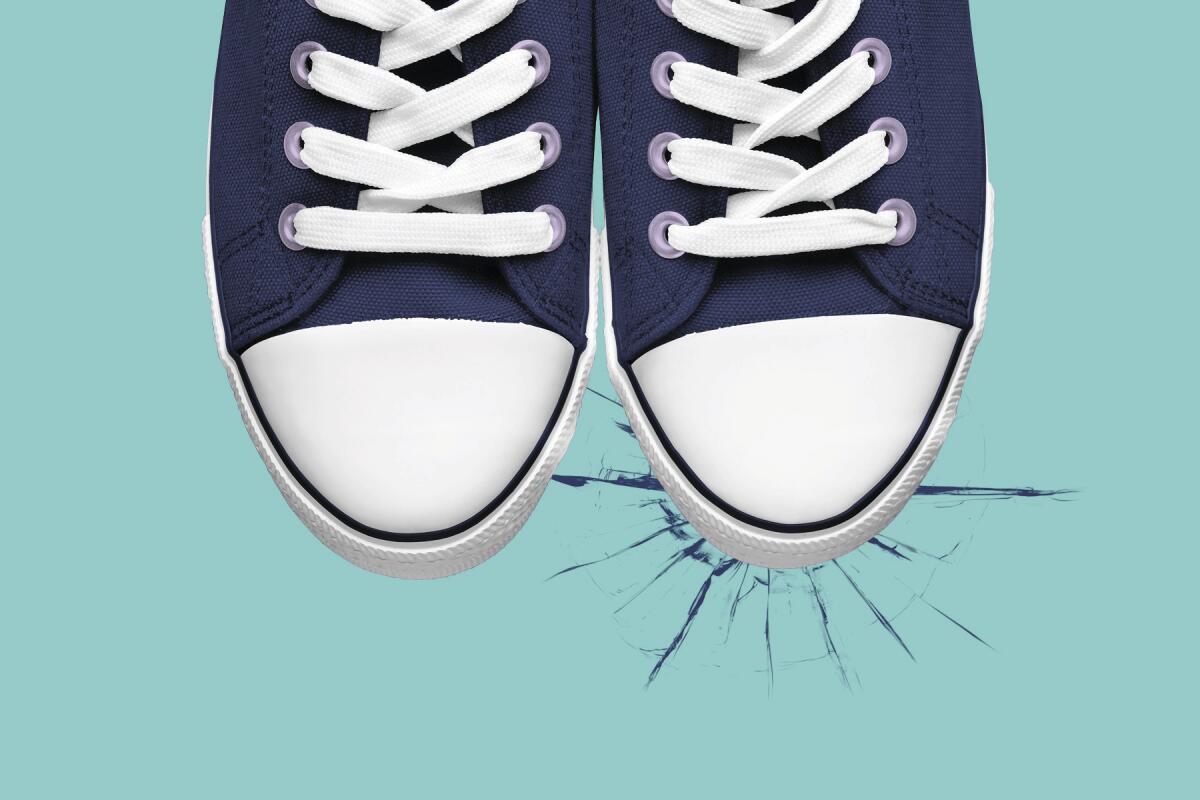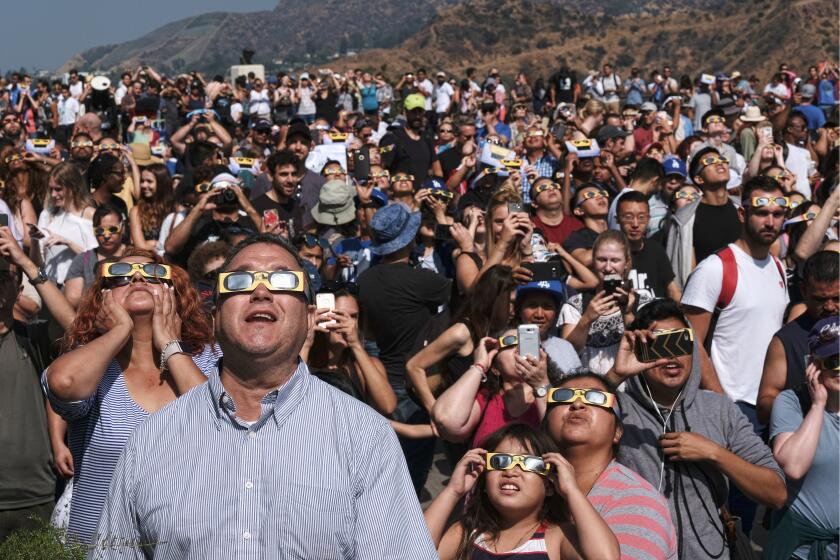What to do during and immediately after an earthquake

California natives know the drill: During an earthquake, drop to the floor and cover your neck and head with your hands. If you can, get underneath a table and hold on until the shaking stops.
“Drop. Cover. Hold on.” — not standing in a doorway or other common misconceptions — is the best advice from the earthquake experts and authorities.
Here’s what you should keep in mind so that you can remain calm and act quickly once you feel the shaking begin — and know what to do when the shaking stops.
During the shaking
Do not run out of a building. Running outside is not a good idea, experts say, as the exterior of a building is one of the most dangerous places to be as objects fall. During the 2003 Paso Robles earthquake, bricks came crashing down on two women fleeing a building; experts say that if they had stayed inside, they would have survived. In the Mexico City earthquake of 1985, desks remained standing at one building even as the ceiling caved in.
What if you can’t get under a desk or other sturdy furniture? Get as low as possible, protect your head and neck, and move away from windows or other items that can fall on you.
Here are more detailed scenarios.
In a bed: Hold on and stay there, protecting your head with a pillow. Running is a bad idea; it’s easy to get cut on broken glass on the floor.
In a high-rise: Drop, cover, hold on. Avoid windows. Don’t use elevators.
In a theater or stadium: Stay in your seat or drop to the floor between rows, and protect your head, neck and arms. Don’t try to leave until the shaking is over.
In a store: Drop and take cover under anything that can provide protection, such as a shopping cart or inside clothing racks. If you need to move away from heavy items on high shelves, drop to the ground first and crawl the shortest distance away. Whenever you enter a retail store, take a moment to see what could fall on you during an earthquake.
Outdoors: Move to a clear area if you can safely do so. Avoid power lines, trees, signs, buildings and vehicles.
Near the ocean: If severe shaking lasts 20 seconds or more, head to high ground in case a tsunami has been generated. Move inland two miles or to land that is 100 feet above sea level. Don’t wait for a warning; start walking. And don’t drive.
In a car: Stop the car safely and stay inside the car until the earthquake stops.
On public transit: Stay on the bus unless the driver tells you to get off; listen for instructions from the driver. A train is likely to stop during the shaking. The train operator will make announcements and work to get passengers to a safe place to exit the train.
People are much more important than kits. People will help each other when the power is out or they are thirsty. And people will help a community rebuild and keep Southern California a place we all want to live after a major quake.
Immediately after the shaking
Check for injuries and immediate danger: Make sure you and the people around you are OK. Provide first aid for anyone who needs it. Put out small fires or call for help. Send someone for help if you can’t reach emergency services on the phone.
Check for damage: Check water, gas and electric lines for damage. If any are damaged, shut off the valves or breakers. Smell for gas; if you do smell it, open all the windows and doors, leave immediately and report it to authorities. Do not turn on your kitchen stove or use matches or anything with a flame if you suspect a gas leak. Clean up spills of anything hazardous.
Turn on the radio: News and public radio stations will broadcast updates. The following stations are recommended by Los Angeles County for emergency information:
- KAVL (610 AM)
- KFI (640 AM)
- KABC (790 AM)
- KRLA (870 AM)
- KFWB (980 AM)
- KNX (1070 AM)
- KHTS (1220 AM)
- KCBS (93.1 FM)
- KROQ (106.7 FM)
Stay off the phone: Use the phone only in an emergency. Cellphone service may be disrupted. Text messaging may work better but could also go out.
Be alert for hazards: Stay out of damaged buildings. Be careful around broken glass, debris, chimneys and downed power lines. Wear boots or sturdy shoes to keep from cutting your feet.
Assess your situation: Once you are safe from immediate danger, take stock. What emergency supplies do you have?
Water: If your home doesn’t have water service after the quake, you’ll need to break into your emergency water supply. Is it undamaged? A good source of fresh water is your water heater tank. If you’re unsure about the safety of water, two to five minutes of boiling will kill anything that may make you sick. The water may not smell good, but if boiled it will be safe to drink and cook with.
Food: Begin by eating what’s in the refrigerator because that will spoil first. After that, pantry food can be eaten, followed by the disaster supply. Do not eat or drink from any open containers near shattered glass.
Utilities: If there is no access to gas or electricity, camping equipment and barbecues that run on propane can be used to cook and to boil water.
Expect aftershocks.
This article is compiled from Times reports and Earthquake Country Alliance, Los Angeles County emergency services, Metro and U.S. Geological Survey published material.
More to Read
Get earthquake-ready in six weeks
From building a kit to buying insurance, our Unshaken newsletter course will help you prepare.
You may occasionally receive promotional content from the Los Angeles Times.







